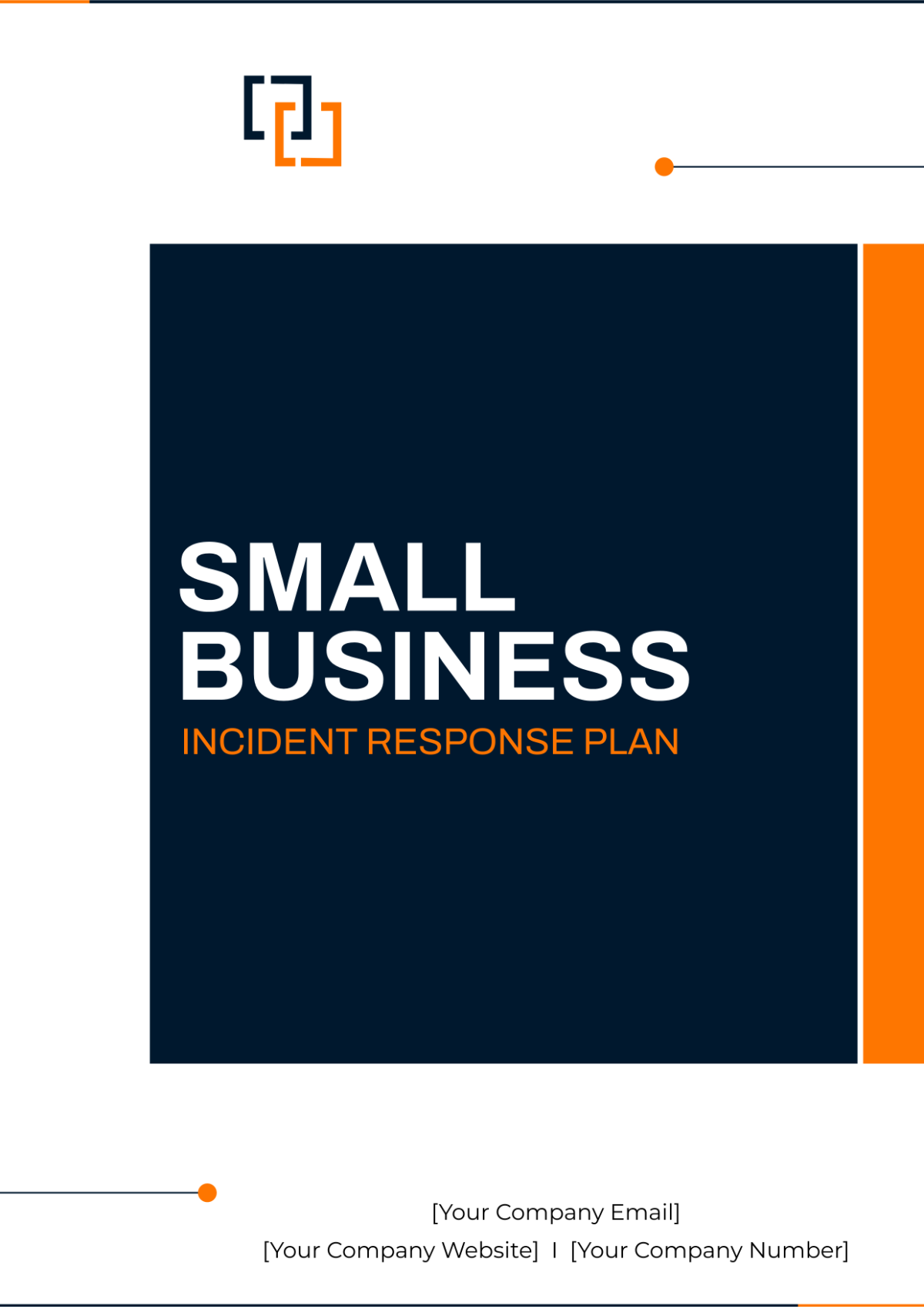Incident Response Plan for Small Business
_____________________________________________________________________________________
_____________________________________________________________________________________
I. Introduction
Purpose
The Incident Response Plan (IRP) outlines procedures for detecting, responding to, and recovering from security breaches, cyberattacks, and other incidents to ensure the continuity of [Your Company Name] operations and minimize damage.
Scope
_____________________________________________________________________________________
II. Roles and Responsibilities
Roles | Responsibilities |
|---|
Senior Management | Approves the IRP, provides resources for its implementation, and oversees incident response efforts. |
IT Department | Coordinates technical aspects of incident response, including system monitoring, analysis, and recovery. |
Security Officer | Oversees security measures and ensures compliance with the IRP. |
Employees | Report incidents promptly, follow prescribed procedures, and cooperate with incident response teams. |
_____________________________________________________________________________________
III. Incident Detection and Reporting
Employees should promptly report any suspicious activities, security breaches, or incidents to the IT department or designated incident response team.
The IT department monitors systems for indicators of compromise and unusual activities through automated tools and manual checks.
_____________________________________________________________________________________
IV. Incident Assessment and Classification
Upon receiving a report, the incident response team assesses the severity and impact of the incident, classifying it based on predefined criteria such as impact on business operations and data sensitivity.
_____________________________________________________________________________________
V. Response Procedures
Communication Protocols
Containment Measures
Escalation Procedures
Evidence Preservation
_____________________________________________________________________________________
VI. Recovery and Restoration
System Restoration
Business Process Recovery
Post-Incident Review
_____________________________________________________________________________________
VII. Training and Awareness
Regularly train employees on incident response procedures, including how to recognize and report security incidents.
Conduct tabletop exercises and simulations to test the effectiveness of the IRP and enhance preparedness.
_____________________________________________________________________________________
VIII. Documentation and Review
Document all aspects of the incident response process, including incident reports, response actions, and lessons learned.
Periodically review and update the IRP to reflect changes in the business environment, technology, or threat landscape.
_____________________________________________________________________________________
IX. Revision History
Date | Description | Version |
|---|
January 15, 2050 | The initial draft was approved by senior management | Version 1.0 |
March 28, 2050 | Updates following post-incident review | Version 1.1 |
_____________________________________________________________________________________
X. Contacts
[Your Name]
[Your Company Name]
[Your Company Email]
[Your Company Number]
_____________________________________________________________________________________
Plan Templates @ Template.net






























